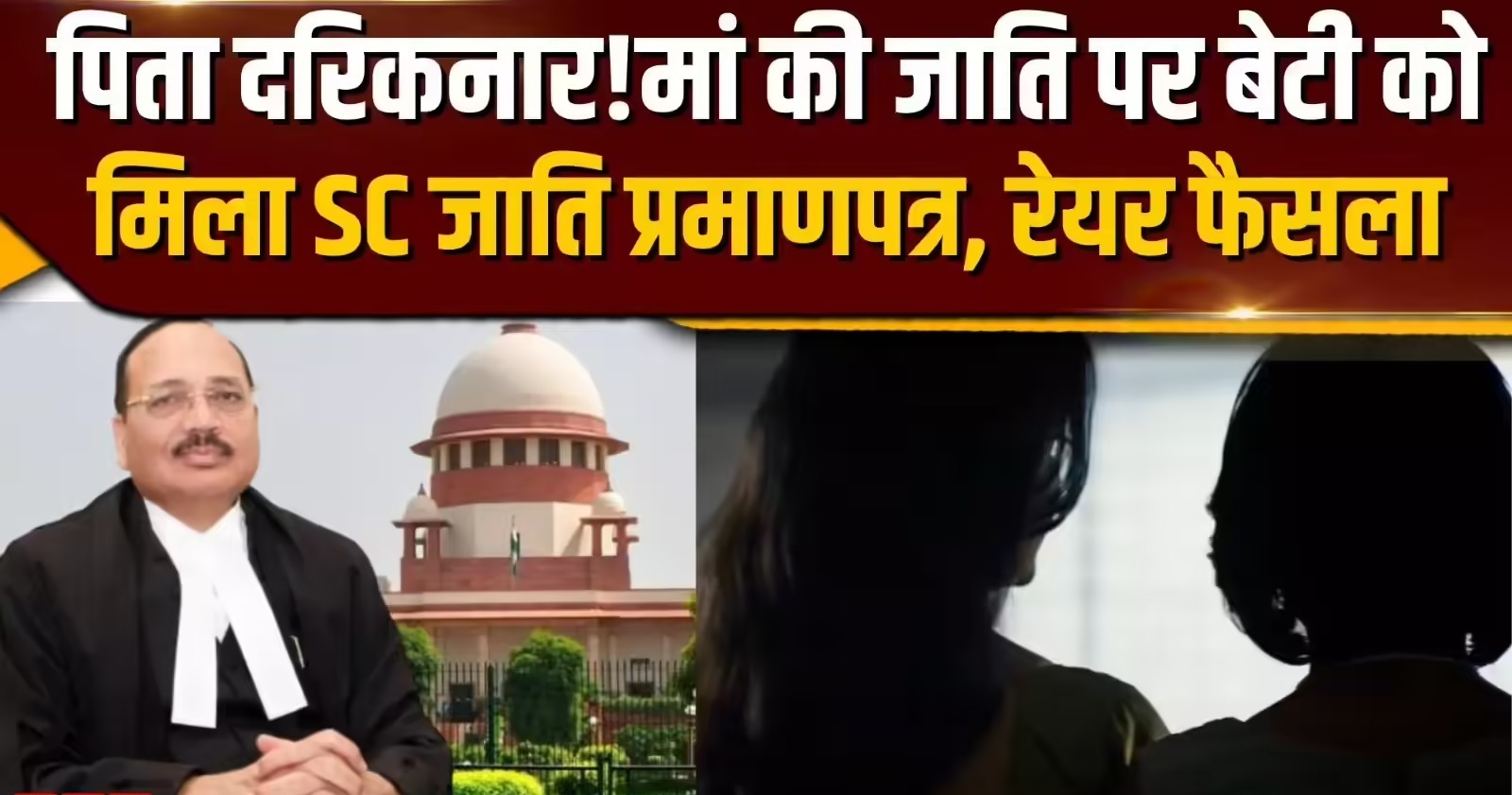Manisana, J.@mdashThe facts leading to this application under Article 226 of the Constitution, in brief, are thus. The petitioner Shri B.C. Patowary, who was L/NK in the 32 Bn CRPF, was charged with an offence punishable under section 10 (m) of the CRPF Act for absenting himself from duty for 50 days without permission. On 20.6.88, the Magistrate of the first class (Assistant Commandant, 32 Bn CRPF) at Jalandhar City found the petitioner guilty, and thereafter the Magistrate convicted the petitioner and sentenced him to simple imprisonment for 30 days. Afterwards, the Commandant of the 32 Bit CRPF, cinder order dated 6.7.88, dismissed the petitioner from his cervices pursuant to the order of conviction. The order of dismissal was served en the petitioner while he was at Jalandhar. The order of dismissal was appealed to the Deputy Inspector General of CRPF at Hyderabad. The appeal was dismissed on 19.10.88, and the order of the appellate authority was served on the petitioner at his home address in Assam.
2. The question which arises for consideration is whether this Court has jurisdiction to entertain the petition under Article 226 of the Constitution. Under clause (2) of Article 226 of the Constitution, a petition under Article 226 can be presented before any High Court within whose jurisdiction the cause of action, wholly or in part, has arisen. Mr. U. Das, learned counsel for the petitioner, has contended that the order of the appellate authority affirming the order of dismissal in which the original order of dismissal had been merged was received by the petitioner in Assam and, therefore, the order of dismissal became effective only when it was served on him in Assam, and as such, the cause of action partly arose in Assam within the jurisdiction of this Court. In order to support his contention, Mr. Das has referred us to a decision of the Calcutta High Court reported as Uma Sankar vs. Union of India, 1982 (II) LLJ 378. We shall deal with the decision of the Calcutta High Court later in this judgment.
3. In State of Punjab vs. Amur Singh, AIR 1966 SC 1313, one of the questions canvassed was whether an order of dismissal can be said to be effective only from the date when it is made known or communicated to the concerned public servant. The fact of the case was that the order of dismissal was passed on 3.6.49. Though a copy of the order of dismissal was forwarded to six persons noted thereunder, no copy of the same was seat to the concerned civil servant. But he came to know of it on 28.5.51 through another officer. 28.5.51 was taken to be the date of communication. On that factposition, the Supreme Court has held that an order of dismissal passed by the appropriate authority and kept on its file without communicating to the officer concerned or otherwise publishing it would not make it effective unless it is communicated to the officer concerned or is otherwise published.
4. In State of Punjab vs. Khemi Ram, AIR 1970 SC 214, the Supreme Court has, while dealing with the question as to whether communication of the order of suspension means its actual receipt by the concerned officer, held that once an order is issued and is sent out to the concerned government servant, it must be held to have been communicated to him, no matter when he actually received it. However, the Supreme Court observed that actual knowledge by the government servant of an order where it is one of dismissal, may, perhaps, become necessary because of the consequences which the decision in Amar Singh''s case (AIR 1966 SC 1313) contemplates.
5. In State of Punjab vs. Balbir Singh AIR 1977 SC 629, following the decision in Khemi Ram''s case (supra), the .Supreme Court has held that the orders of reversion and/or termination become effective as soon as they were sent out, not from the date of actual receipt of them.
6. The above decisions and observations of the Supreme Court in those cases indicate that the order of dismissal shall not have any effect unless it is communicated or published because till the order is issued and actually sent out to the person concerned, the authority making the order would be in a position to change its mind to modify it if it thought fit, but once such an order is sent out it goes out of control of such an authority. Therefore, once such an order is issued and sent out to the concerned officer it must be deemed to have been communicated to him, no matter whether he actually received it. However, in certain cases actual knowledge of the order of dismissal by the government servant may become necessary depending upon the facts and circumstances of such case. This is about communication of the order of dismissal. But the question which arises in the present case is where the cause of action, wholly or in part, has arisen.
7. At this stage, we may refer to a decision of the Supreme Court in State of Rajasthan vs. M/s. Swaika Properties, AIR 1985 SC 1289. The fact of that case was that the Government of Rajasthan acquired a piece of land situated in Rajasthan by publishing a notification in the official gazette. The owner of the land was a resident of Calcutta and notice of the acquisition was served on the owner at his Calcutta address. Thereafter, the owner filed petitionunder Article 226 of the Constitution in the High Court of Calcutta challenging the acquisition. On that factual position, the Supreme Court has held that the mere service of notice on the owner in Calcutta within the territorial limits of the Calcutta High Court could not give rise to a cause of action within the Calcutta High Court unless the service of such notice was an integral part of the cause of action. The question whether or not service of notice is ant integral part of the cause of action within the meaning of Article 226 (2) of the Constitution must depend upon the nature of the impugned order giving rise to a cause of action. In that case, the Supreme Court has held that the cause of action wholly arose within. The State of Rajasthan as the notification issued by the Government for acquisition of the land became effective the moment it was published in the official gazette as thereupon the notified land became vested in the State Government free from all encumbrances.
8. The question then is, Whether the actual receipt of the order of dismissal by the concerned officer will be an integral part of the cause of action. In Uma Sankar vs. Union of India, 1982 (II) LLJ 378, the Calcutta High Court has held that the order of removal of an employee, who was holding a post in Madhya Pradesh, became effective only when it was served on the employee in Calcutta where he was residing by then. So long as the order was not effective there was no question of accrual of cause of action or the right to sue. Therefore, although the order of removal and the order of dismissing the appeal were passed in New Delhi, the cause of action must be held to have been arisen in Calcutta within the jurisdiction of the Calcutta High Court.
9. In ABC Laminant Pvt. Ltd vs. AP Agencies, AIR 1989 SC 1239 it has been held that a cause of action means every fact, which if traversed it would be necessary for the plaintiff to prove in order to support his right to a judgment of the Court. In ether words, it is a bundle of facts which taken with the law applicable to them the plaintiff right to relief against the defendant. It must include some act done by the defendant since in the absence of such an act no cause of action can possibly accrue.
10. In view of the decisions of the Supreme Court in respect of communication, the moment on which the order of dismissal is issued and sent out the order operates and consequences of the order of dismissal shall follow, no matter whether it is actually received by the officer concerned. The order of dismissal is an act in the absence of which no cause of action would arise and, therefore, the service of notice on, or the actual receipt by, the officer concerned will not form an integral part of a cause of action. That being the position, the cause of action for the purpose of Article 226 of the Constitution of India would accrue in the place from where the order was sent out. However, in view of the observations made by the Supreme Court that in certain cases actual knowledge of the order of dismissal may possibly be necessary depending on the facts and circumstances of a particular case. Actual knowledge of the order may be necessary as in the case of Amarjit''s case (supra), but not in the case where the government avoids receipt of it by one method or the other for an ulterior motive. For the reasons stated, we are unable to agree with the decision of the Calcutta High Court in Uma Sankar''s case [supra].
11. Coming to the case on hand, apart from the above discussions, the order of dismissal was served on the petitioner in Jalandhar although the order of appellate authority dismissing the appeal was made in Hyderabad and was sent out from Hyderabad to the petitioner''s residence in Assam. Therefore, in so far as the dismissal is concerned, it is held that the cause of action asose in Jalandhar city within the jurisdiction of Punjab and Haryana High Court and partly in Hyderabad, not within "the jurisdiction of this Court. The order of conviction and sentence was made in Jalandhar and the petitioner admits in his petition that the appeal shall lie at Sessions Judge at Jalandhar, and as such this Court has no Jurisdiction.
12. For the reasons stated above, the petition is dismissed. No costs.

